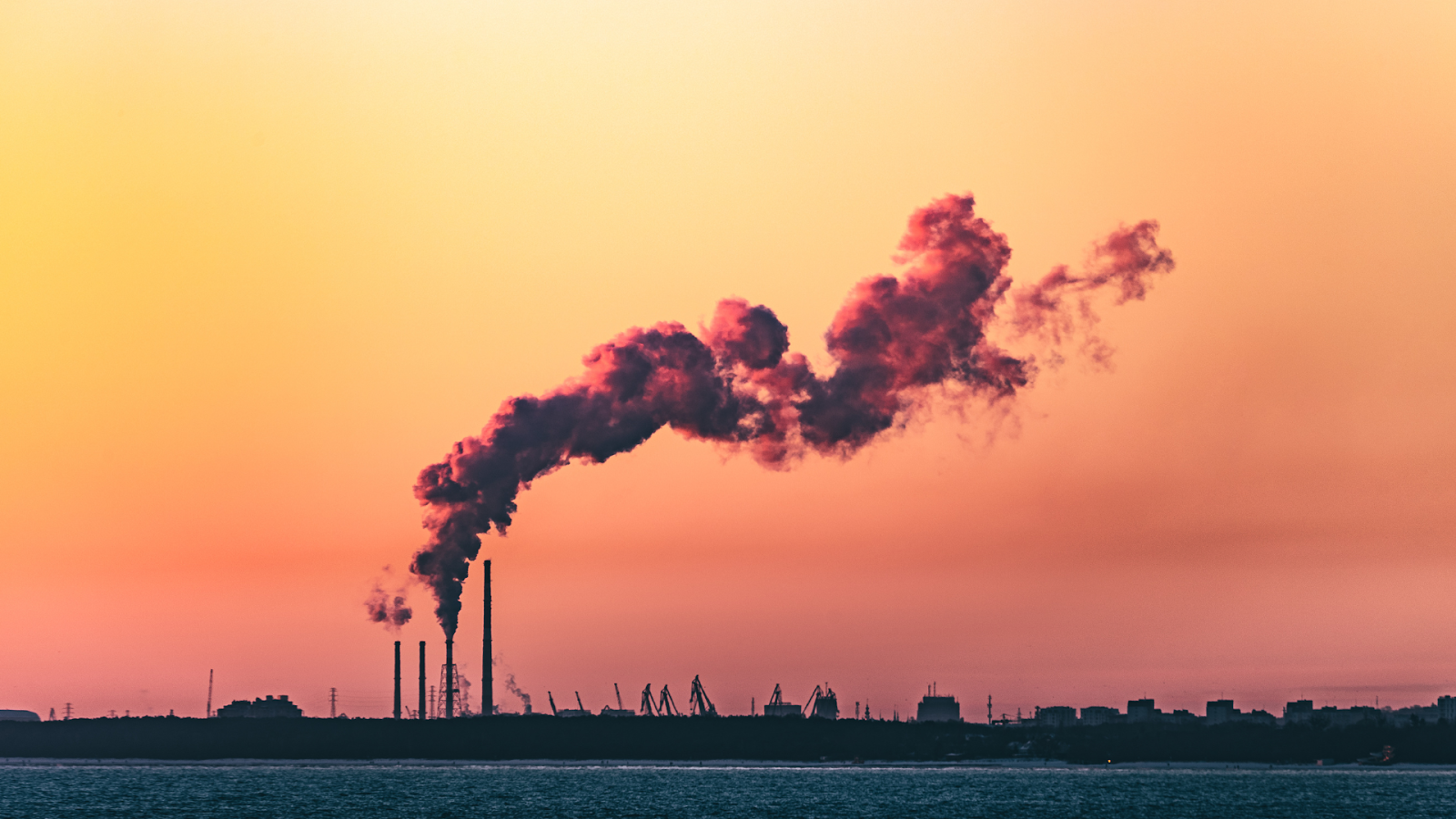Climate change is shaping global policies and economies, and China’s carbon goals are at the center of this transformation.
As the world’s largest emitter, China’s progress on cutting emissions will heavily influence whether global climate targets can be met.
The country has promised to peak emissions by 2030 and reach neutrality by 2060, but the path forward is complex and full of trade-offs.
Read on to explore how China is tracking its carbon goals, the progress made so far, and the challenges that still lie ahead.
📚 Also read: China Energy Law: What Businesses Should Know
Understanding China’s Carbon Goals
China has set two main targets for cutting carbon emissions:
- ✅ Carbon peak by 2030, meaning emissions will stop growing and start to decline
- ✅ Carbon neutrality by 2060, balancing the carbon released with the carbon removed from the atmosphere
These goals are often called the “30/60” targets. They align with global climate efforts but are especially important because China is the world’s largest emitter.
Tracking China’s carbon goals gives insight into how realistic these targets are and what progress is being made.
Why China’s Carbon Footprint is So High

China’s carbon footprint is large because of:
- ✅ Rapid industrial growth and heavy reliance on coal
- ✅ Energy-intensive industries like steel and cement
- ✅ Fast urbanization that drives up electricity, construction, and transport demand
Is China the biggest polluter in the world? Yes, in terms of total emissions, China produces more carbon dioxide than any other country.
However, on a per-person basis, some other nations still emit more. For example, in 2021 China emitted about 8.4 metric tons of CO₂ per person, compared to 13.7 metric tons in the United States.
Tracking China’s carbon goals means looking at these differences and understanding the unique challenges China faces.
China’s Decarbonization Strategy
China’s decarbonization strategy focuses on:
- ✅ Reducing reliance on coal over time
- ✅ Expanding renewable energy such as solar, wind, hydropower, and nuclear
- ✅ Promoting electric vehicles and efficient public transport
- ✅ Improving energy efficiency in buildings and factories
What is China doing to reduce their carbon footprint? The government has set strict energy efficiency standards, promoted green building designs, and encouraged industries to adopt cleaner technologies.
Legal frameworks such as the China Environmental Protection Law also support these efforts.
For businesses, firms like Choi & Partners of China Legal can provide guidance on compliance.
Tracking China’s Carbon Goals in 2025 and Beyond
By 2025, China is expected to make significant progress in renewable energy capacity and emissions control. Key trends include:
- ✅ Rapid expansion of solar and wind installations
- ✅ Pilot carbon markets in several provinces
- ✅ Stricter local-level carbon policies
However, coal remains a serious contradiction to these goals. In 2022 alone, China approved 106 gigawatts of new coal power capacity, more than quadruple the rest of the world combined.
This risks locking in high emissions for decades, even as the country races to expand renewables. While emissions growth has slowed, experts are watching closely to see if China can truly peak before 2030.
Regional differences are also important, as some provinces are far ahead in adopting green technologies while others lag behind.
The “Dual Carbon” Goals Explained

China’s dual carbon goals refer to peaking emissions by 2030 and reaching neutrality by 2060. These goals are central to the country’s climate strategy and are shaping national policies.
Local governments are being asked to design their own roadmaps to meet the dual carbon targets. This means:
- ✅ Launching renewable projects
- ✅ Enforcing stricter building codes
- ✅ Driving industrial reforms
Tracking China’s carbon goals at the local level gives a clearer picture of the overall progress.
Carbon Capture and New Technologies
Is China doing carbon capture? Yes, the country has launched several projects to capture and store carbon dioxide from power plants and factories.
However, most of these projects are still in pilot or early stages, with only a handful operating at commercial scale. China has announced or is developing around 40 CCS projects, but large-scale deployment is still far from reality.
China is also investing in:
- ✅ Hydrogen energy
- ✅ Carbon-neutral shipping
- ✅ Smart grid systems
- ✅ Large-scale battery storage
Innovation is key, and companies are encouraged to explore new solutions.
📚 Also read: China Innovation Trends: What’s Next
Obstacles and Challenges Ahead
Despite progress, China faces many challenges in meeting its carbon goals. Key obstacles include:
- ✅ High coal dependency and continued approval of new coal plants
- ✅ Energy-intensive industries that are hard to decarbonize
- ✅ Rising demand for energy across cities and industries
- ✅ Uneven enforcement of policies across provinces
Political and social factors also play a role. Local governments sometimes prioritize growth over emissions cuts, and enforcing national policies can be inconsistent.
Tracking China’s carbon goals means recognizing these obstacles and how they might delay progress.
Global Impact of China’s Carbon Goals

China’s carbon goals matter to the entire world because of the country’s size and influence. If China succeeds, it could significantly reduce global emissions and set an example for other nations. If it struggles, the global fight against climate change will be much harder.
What is China’s goal for sustainability? Beyond carbon neutrality, China aims to build a greener economy with:
- ✅ Cleaner air
- ✅ More efficient energy use
- ✅ Better protection of natural resources
Comparing China’s efforts with other countries, such as Japan’s carbon goal, helps put its progress into perspective. For businesses,
What China’s Carbon Goals Mean for the Future
Looking ahead, China’s carbon goals could reshape its economy and global standing. By leading in renewable energy and green technology, China has the chance to become a global clean energy powerhouse.
This also creates opportunities for:
- ✅ Green business development
- ✅ Sustainable investment strategies
- ✅ International cooperation on climate action
However, if progress slows, the risks are high. Climate impacts could worsen, and international pressure may grow.
Tracking China’s carbon goals helps us understand both the opportunities and the risks for the next decade.
Conclusion
China’s carbon goals are ambitious and vital for the planet’s future. Progress is being made, but challenges remain, especially with coal expansion and limited large-scale carbon capture.
Tracking China’s carbon goals helps us see where the country is heading and what it means for the global climate effort.
For more helpful information, you can explore China Legal, who provide insights on environmental law, governance, and innovation in China.
Contact Choi & Partners if you ever need legal advice, assistance, or support related to China’s sustainability and business regulations.
Frequently Asked Questions about Tracking China’s Carbon Goals
Who funds the Climate Action Tracker?
The Climate Action Tracker is funded by independent research organizations and climate-focused institutions. Its goal is to provide transparent and science-based tracking of global climate commitments. It does not rely on any single government or company for funding.
What is China’s zero carbon target?
China’s zero carbon target is to reach carbon neutrality by 2060. This means balancing the amount of carbon dioxide released with the amount removed from the atmosphere. It is a long-term goal that requires deep changes in energy, industry, and society.
Is China building coal power plants?
Yes, China is still building new coal power plants, especially in regions where energy demand is growing quickly. In fact, in 2022 it approved over 100 gigawatts of new coal capacity, the highest in years. This creates tension with its carbon goals, as coal is the largest source of emissions.
What is China doing to stop carbon emissions?
China is working to stop carbon emissions by expanding renewable energy, promoting electric vehicles, and improving energy efficiency in buildings and factories. It is also testing carbon markets and carbon capture technologies. These steps are designed to gradually reduce reliance on fossil fuels.
Subscribe to receive updates
Subscribe to receive the latest blog posts to your inbox every week.


.png)
